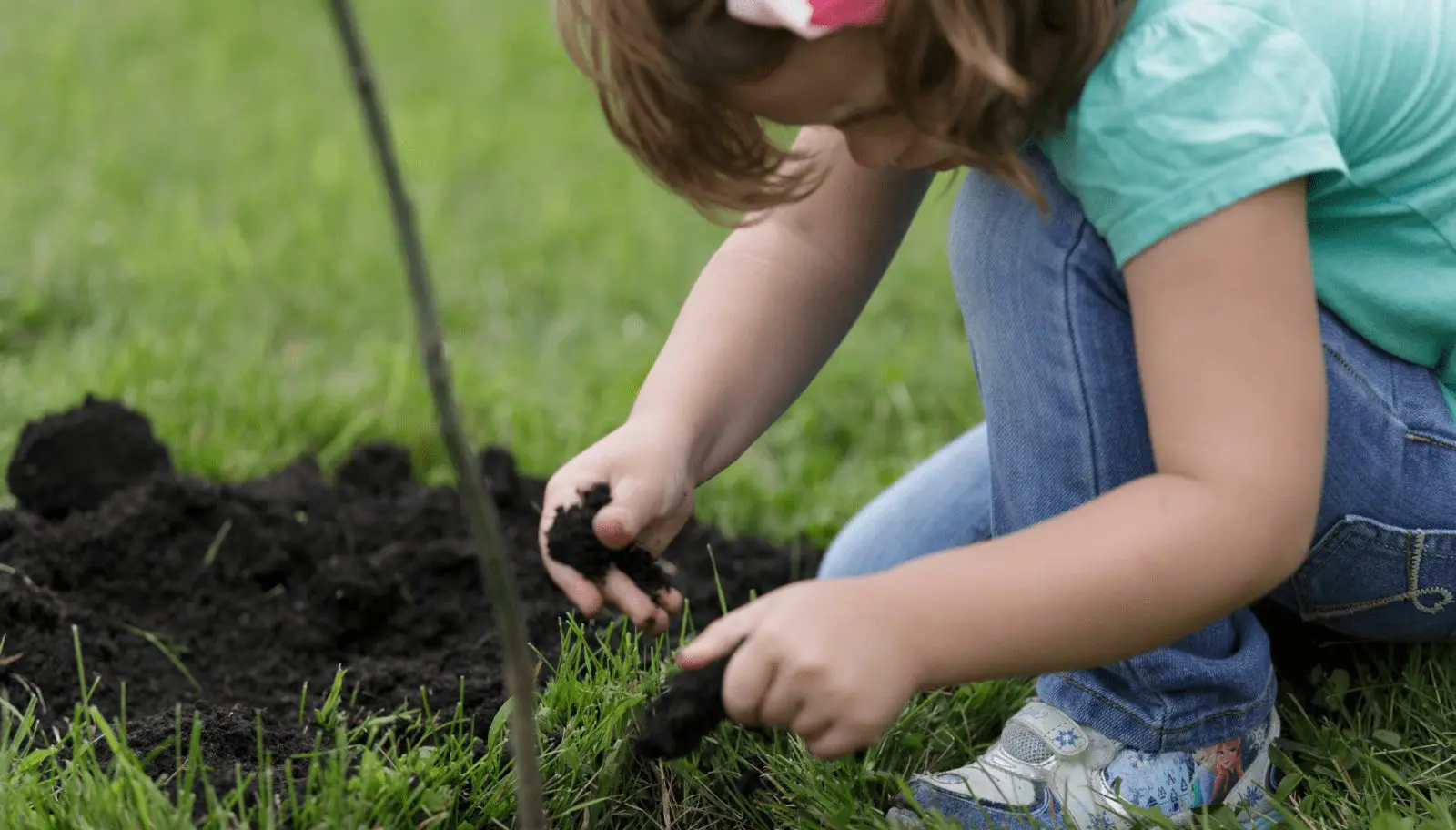Farmers are committed to growing a safe, abundant and sustainable food supply. We all care for the land from which we make our livelihood, but we have very unique approaches to doing so. My farm in North Dakota is very different from a farm further south. It’s not only because of my cold climate and shorter growing season, but also because of the crops that I grow, my soil type, the amount of water I typically have and a number of other factors. In fact, you could say that each farm – and every field – is as unique as a thumbprint.
Continuous Improvement
Not only is every farm unique, but so is every field. You may find that certain types of trees and plants grow well in one part of your yard, but not so well in other due to things like the amount of shade you have in one area versus another. Similarly, my fields differ due to things like soil type, water access and targeted pests or plant diseases. Weather, pest and disease challenges change from year to year and field to field, so we closely monitor everything from soil fertility to plant growth. I’m always looking to improve and use new skills, and technology helps me do so.
When it comes to protecting our land for the next generation, we use an age-old philosophy of “living conservation.” That means we always have a living root system in the ground, almost like an underground net, to help keep soil and nutrients in place. Because there is always something growing in our soil, there is always organic matter cycling, keeping our soil “alive.” In addition, we do not till the land, so material from last season’s crops helps to reduce soil erosion and provide a safe habitat for fowl and small game. This practice copies nature’s way, and we combine it with modern tools.
Modern tools and technology allow us to carefully digitally track what works and what doesn’t so we can improve from season to season. Equally important, it allows us to share best practices with other farmers. I may live in a small town, but that doesn’t mean I have a small network of friends and colleagues. Thanks to social media, I am constantly learning and sharing new farming techniques with farmers around the world. In my experience, there’s very little greed in farming; sharing information helps us all improve.
Like a Warm Jacket for My Seeds
This winter, my corn and soybean fields are planted to rye, radishes and turnips, which not only taste great on a salad but also act as a fertilizer when they decompose. It’s the ultimate recycling. You put a jacket on your children before you send them out on a cold day; likewise, I make sure each seed is protected, and cover crops provide a warm, safe little environment for my seeds below.
Even plants we don’t harvest help us improve and be more sustainable. As mentioned above, we plant cover crops, meaning we always have a crop planted, so there are always living roots in the soil. Pull up a plant and you will see many worms living in its roots – each one helping break down plant matter, leaving my soil richer and more productive. When it comes to soil nutrients, earth worms are better than any potting soil, cycling nutrients.
Pesticides: Just one small piece of the puzzle
I’m often asked questions about pesticides. We don’t use any more pesticides than necessary. Soil testing and walking our fields, called “scouting,” allows us to identify exactly where pests are so we can treat them specifically and proactively.
These practices can be time-consuming, but we find that, if we keep the soil healthy, it benefits the environment and our bottom line. Farmers, like moms, multi-task on a daily basis. My farming practices may differ from other farmers, but we’ve honed them over years and believe they work best for our unique soil and land.
